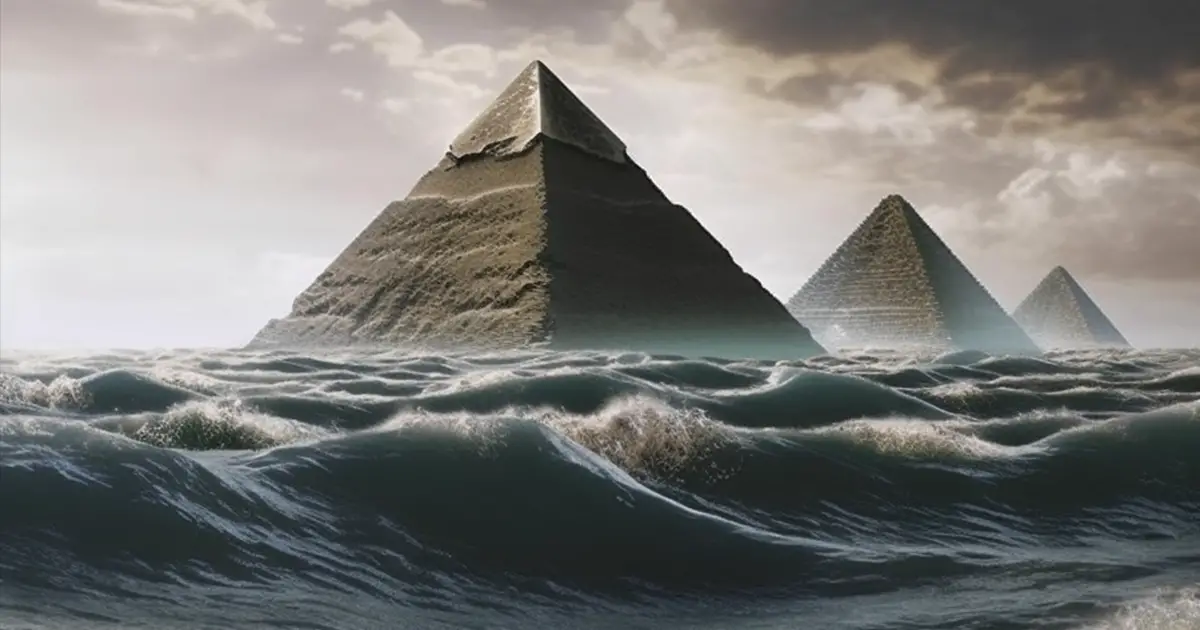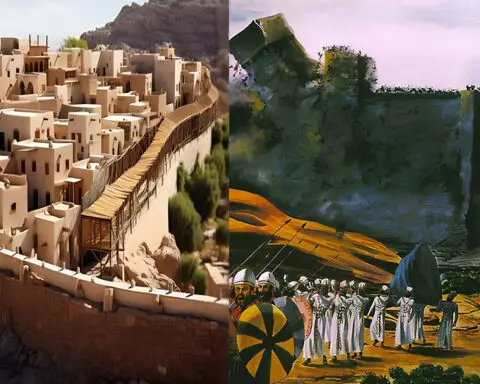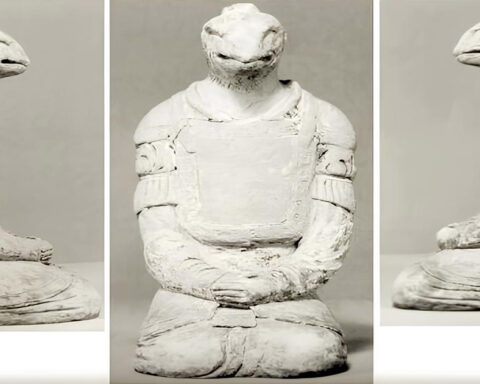In the heart of Egypt’s Giza plateau, the enigmatic Great Pyramids and the iconic Sphinx have long fascinated historians, archaeologists, and tourists alike. These colossal structures stand as testaments to the ingenuity of ancient civilizations, yet recent evidence suggests a history that challenges conventional beliefs. The age of the Great Pyramids and the Sphinx has stirred controversy and intrigue, as geologists and researchers uncover clues pointing to an age far older than previously thought.
Unveiling Unconventional Origins
Contrary to popular belief, mounting evidence suggests that the ancient Great Pyramids were not constructed by the Egyptians of the dynastic era. The sheer magnitude of these architectural wonders has fueled debates regarding the capabilities of the civilization that erected them. While traditional theories attribute their construction to the pharaohs of ancient Egypt, alternative perspectives propose a much older origin.
Mysterious Sphinx and Its Watery Secret
The Sphinx, a colossal limestone statue with the body of a lion and the head of a pharaoh, stands guard near the Pyramids of Giza. What’s intriguing is the unmistakable evidence of water erosion present on its surface. Experienced geologists argue that such erosion could only result from thousands of years of heavy rainfall, a climate significantly different from the arid conditions of Egypt’s known history.

This phenomenon raises questions about the true age of the Sphinx and the era in which it was constructed. The prevailing theory, supported by renowned geologist Robert Schoch, places the Sphinx’s construction in Egypt’s last tropical age or potentially even further back in time. This proposition challenges conventional historical timelines and introduces the possibility of an ancient civilization with advanced engineering skills.
Unlocking Ancient Clues
The conventional dating of the Great Pyramids places their construction during the reign of Pharaoh Khufu in 2560 BC. However, some researchers believe that the pyramids predate this timeline substantially. Geological analysis of the erosion patterns on the pyramids’ exteriors provides an intriguing clue. According to geologist Dr. Colin Reader, these erosion patterns align more closely with the effects of heavy rainfall than the wind and sandstorms characteristic of the region’s climate.
This alternative interpretation suggests that the pyramids might have been constructed during a much wetter period in Egypt’s history, pushing back their age by thousands of years. Such a revelation could rewrite the narrative of ancient civilizations and their capabilities.
The Unanswered Questions
The enigma surrounding the Great Pyramids and the Sphinx deepens as research continues. The evidence of water erosion challenges the mainstream narrative, inviting speculation about the kind of civilization that could have engineered these monumental structures. Were there advanced societies predating the dynastic Egyptians? Could these structures be remnants of a forgotten age, eroded by time and changing climates?

As researchers delve into the geological, astronomical, and architectural aspects of these ancient marvels, the quest for answers uncovers mysteries that expand our understanding of history and human achievement.
The ancient Great Pyramids and the Sphinx have long captivated the human imagination, serving as iconic symbols of Egypt’s rich history. However, recent geological evidence suggests a truth that defies traditional timelines. The erosion patterns etched on these structures’ surfaces hint at a distant age when Egypt experienced vastly different climatic conditions. This revelation challenges preconceptions about the builders of these monuments and renews discussions about lost civilizations with advanced knowledge.
The allure of the past continues to beckon, urging researchers to unravel the mysteries concealed within the stones of Giza. The true age of the Great Pyramids and the Sphinx might remain unsettling and deeply disturbing, but it also offers a glimpse into the profound depths of human history.
VIDEO1 :
VIDEO 2:






